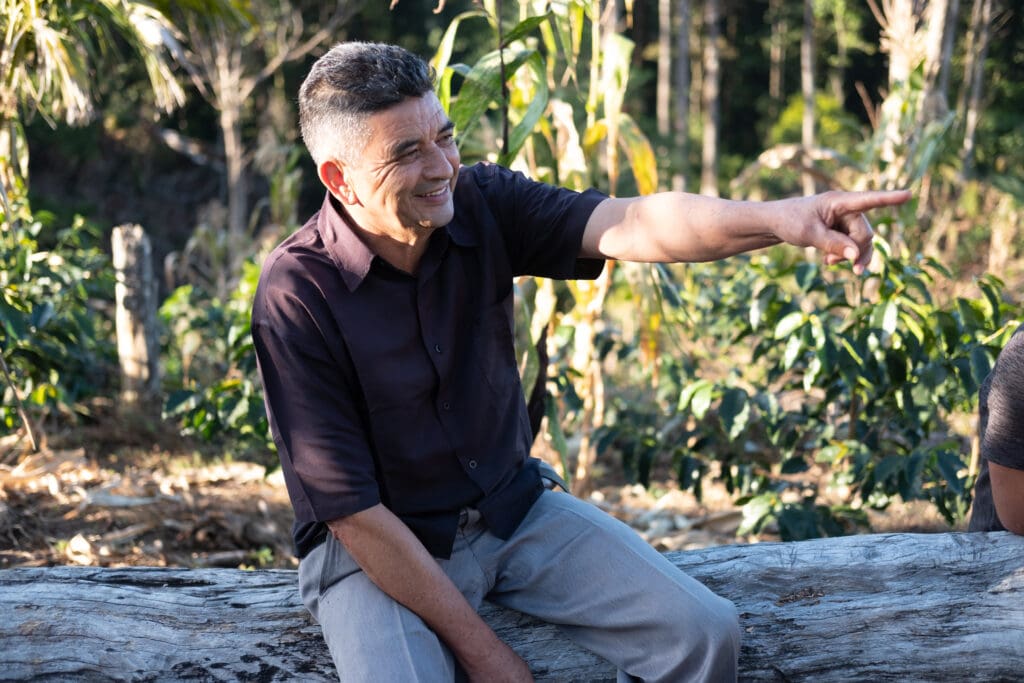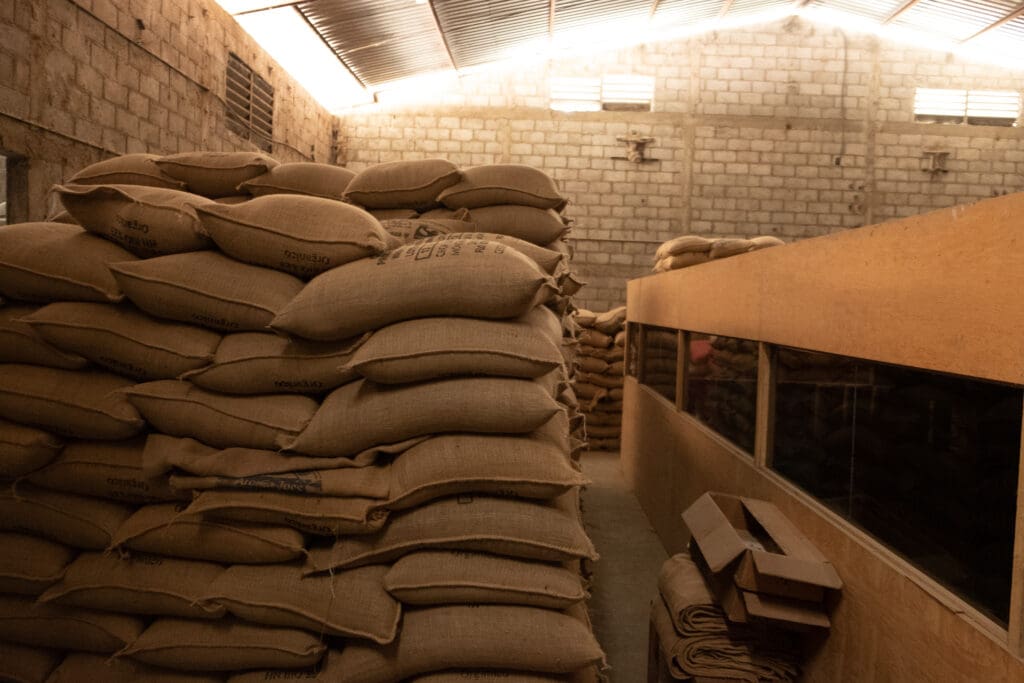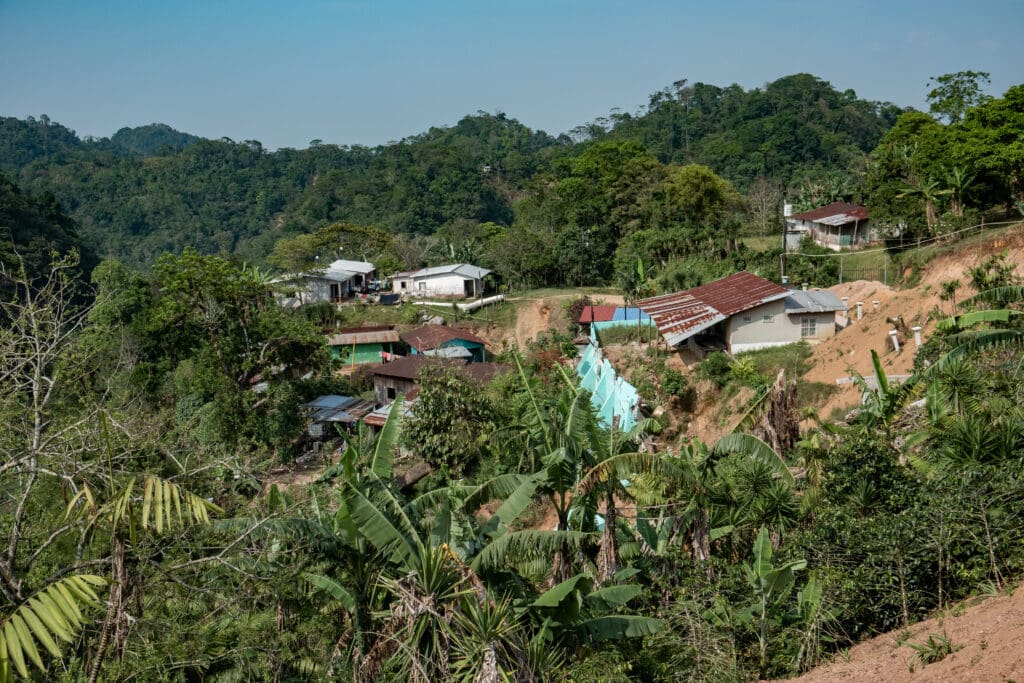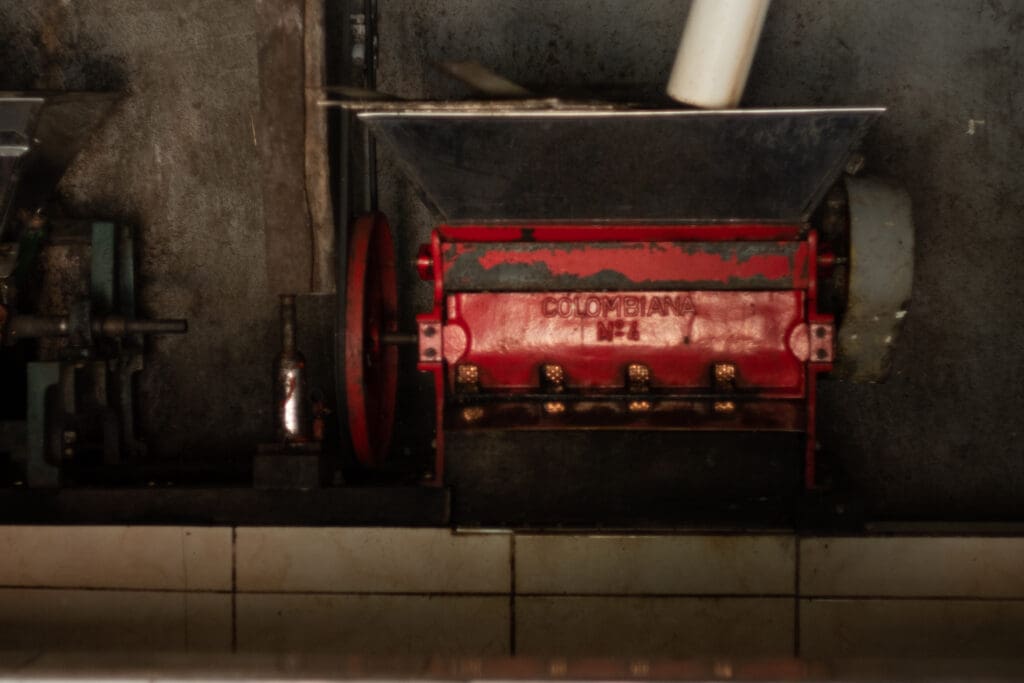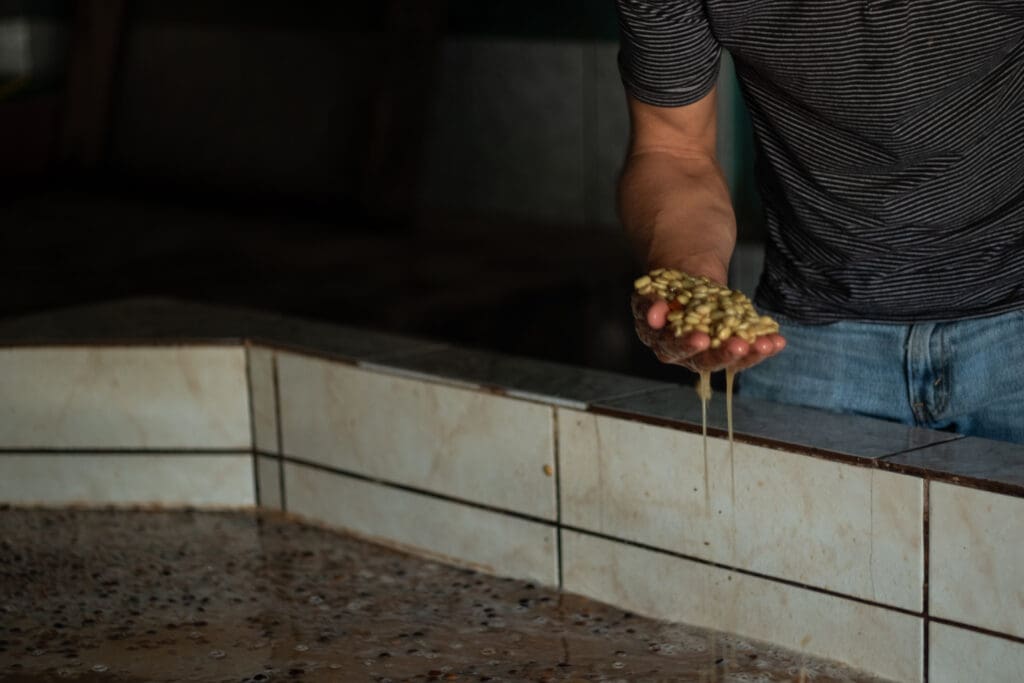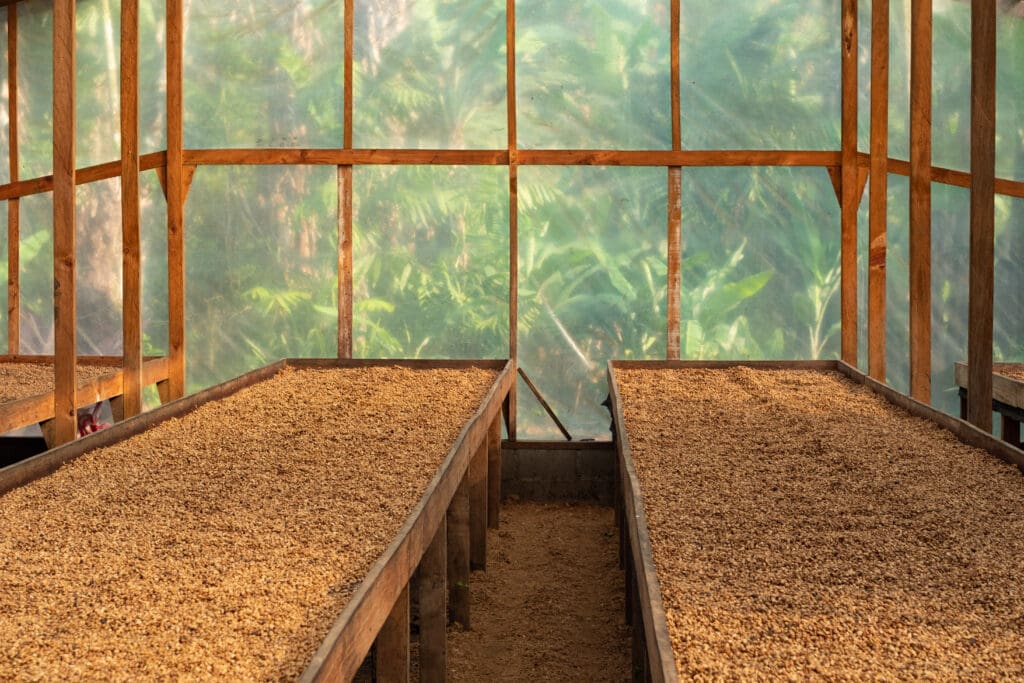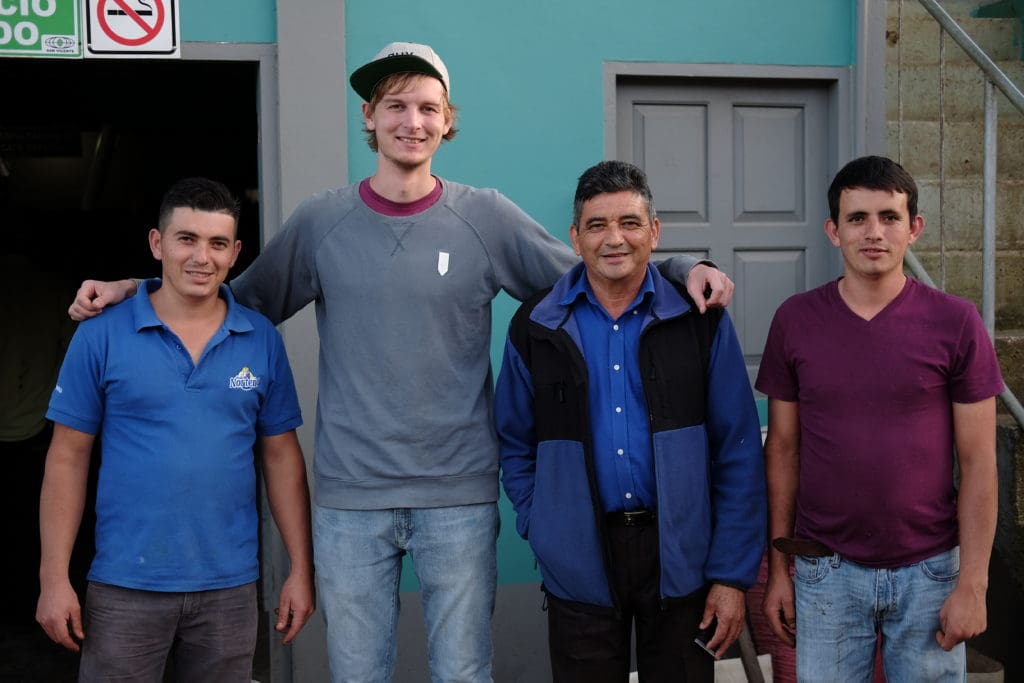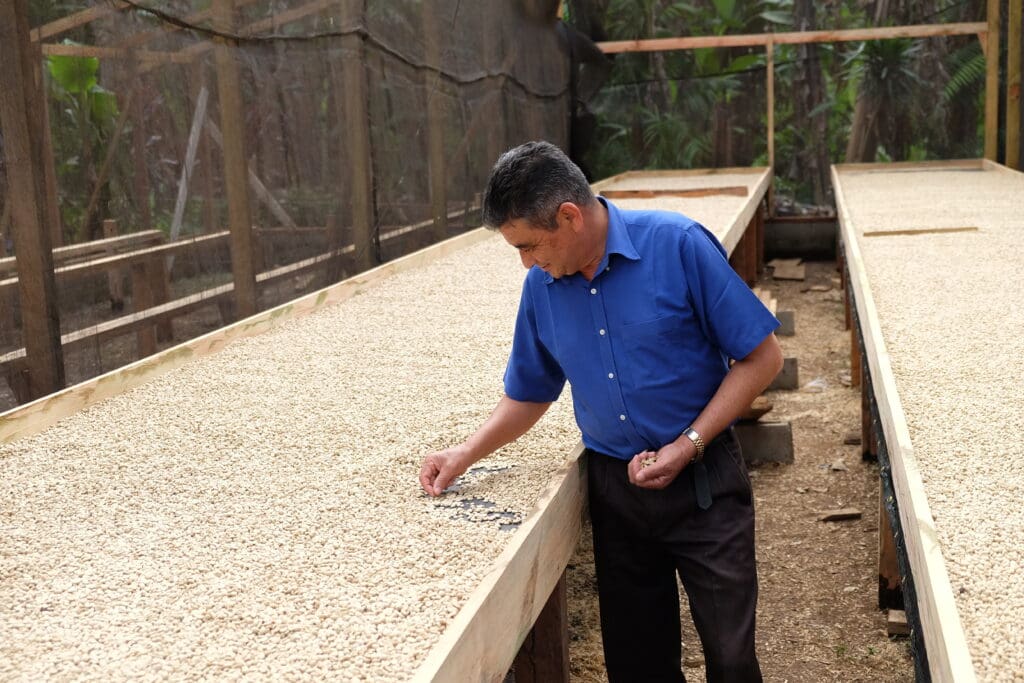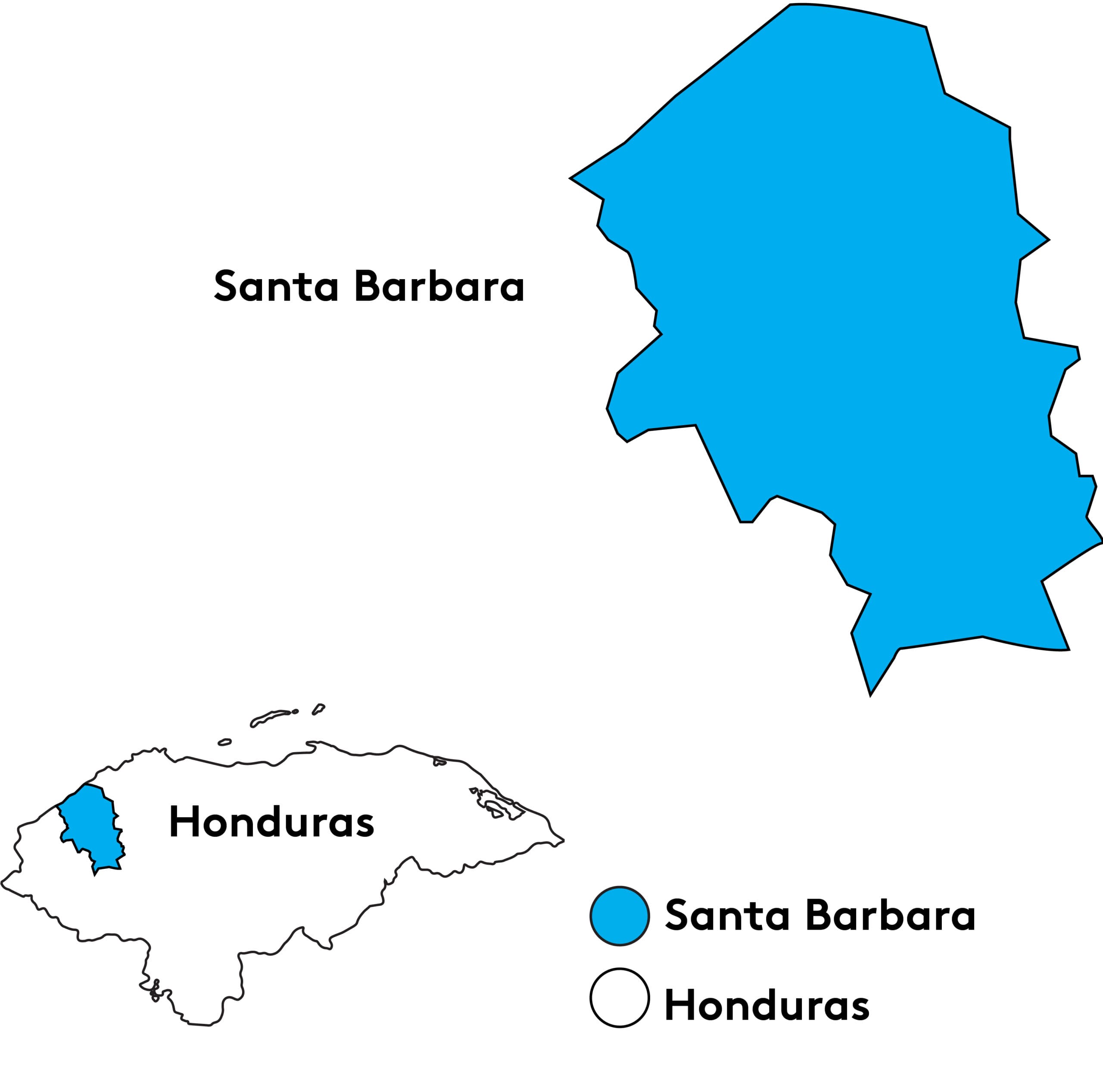The Sagastume family has been deeply rooted in coffee farming for generations, under the guidance of Don Pedro Sagastume. As time passes and Pedro grows older, he has entrusted his sons with individual plots of land, encouraging them to take ownership and lead their own efforts. Yet, despite the division of land, the Sagastume family’s work remains a unified endeavor. All wet processing and drying take place at the family’s central mill, located just a short distance from where the sons and their families live.
One of these plots, managed by Pedro himself, is the source of this exceptional Parainema coffee. The plot is part of the “Los Quetzales” farm, a name that reflects the frequent sightings of the rare and vibrant Quetzal bird. Situated at 1,600 meters above sea level, the farm enjoys cool nights and warm days, creating an ideal microclimate for producing the complex, bright coffees that the Santa Barbara region is renowned for.
Over the years, the Sagastume family has worked tirelessly to carve out their place in the specialty coffee market. Through research, strategic investments in infrastructure, and the development of new plots, they have elevated their farming practices. Notable investments include the expansion of solar dryers and the introduction of Gesha, Pacamara, and SL28 coffee varieties, which will yield their first harvest in 2021.
This lot of Pacas coffee underwent natural processing at the family’s mill. The cherries were carefully dried on raised beds for 15 to 22 days, depending on environmental humidity.
For export, this lot was meticulously prepared with the assistance of Exportadora San Vicente, a family-run business founded by the Paz family over forty years ago. Today, San Vicente collaborates with more than 200 producers, helping them create microlots, many of which have earned accolades in the Honduras Cup of Excellence. Based in Peña Blanca, near the shores of Lake Yojoa, San Vicente continues to play a crucial role in elevating Honduran coffee on the global stage.
